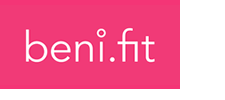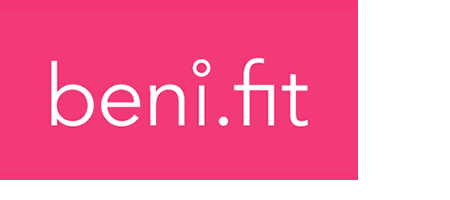4 Ways to Effectively Communicate Benefit and Wellness Programs With Employees
To help employers effectively communicate the value and details of their benefits and wellness programs, we’ve gathered four insightful strategies from experienced leaders. From promoting transparency in benefits costs to implementing a multi-pronged communication strategy, discover the practical examples these leaders have shared from their own experiences.
- Promote Transparency in Benefits Costs
- Combine Clarity, Adaptability, and Feedback
- Assess and Improve the Benefits Programs
- Implement a Multi-Pronged Communication Strategy
Promote Transparency in Benefits Costs
Be as transparent as possible. In a previous role, we moved to a defined-benefit program. Our employees were keenly aware of the costs of all our benefits. Employees were shown the full price of the benefits prior to our employer contribution.
We ensured that we shared the increase percentage with the team as well. This allowed all employees to both appreciate the costs that the employer spent on the benefits and ensured that employees truly elected benefits that mattered to them.
While a defined-benefit program is not for everyone, the more information that employers share with their employees about costs, the better. These are the second most expensive cost for employers behind payroll.
 Ben Madden
Ben Madden
Owner, HR Action LLC
Combine Clarity, Adaptability, and Feedback
Effectively communicating the value and details of benefits and wellness programs is paramount for companies. The key lies in clarity, adaptability, and feedback.
Younger employees may engage more with digital channels, while some senior team members favor in-person sessions. Combining emails with in-person seminars for comprehensive reach may be an option. Holding regular “Benefits Q&A” sessions is invaluable. This direct dialogue clarifies doubts, ensuring better utilization and appreciation.
Offer practical examples. Instead of just stating “5% 401(k) match” (because what does that even mean?), paint a picture: “Contribute $200/month, and you’ll gain an extra $120 annually from us.”
As benefits evolve, timely updates are critical. Whenever changes are made, promptly inform the team, ensuring transparency. Ultimately, the goal is to make employees feel valued by illustrating the tangible impacts of the benefits they’re offered.
 Amy Spurling
Amy Spurling
CEO/Founder, Compt
Assess and Improve the Benefits Programs
From an HR perspective, I think it’s important to objectively assess the quality of the programs you have in place and how you can then communicate to your team a) what the benefits are and b) more importantly, how you can outline any necessary required improvements to the plans in order to ensure staff will continue to use them.
 Tracey Beveridge
Tracey Beveridge
HR Director, Personnel Checks
Implement a Multi-Pronged Communication Strategy
Effective communication about benefits requires a multi-pronged approach. In a prior role, our company excelled in this by deploying a mix of in-person and digital strategies. We held quarterly “Benefits & Wellness” fairs where vendors showcased their services, and employees could ask questions directly.
On a digital front, we introduced an HR newsletter specifically tailored to benefits, which was simple to read, and detailed. We also held quarterly webinars to ensure remote employees received the same information. This comprehensive strategy left no one uninformed.
 Abid Salahi
Abid Salahi
Co-Founder and CEO, FinlyWealth
Submit Your Answer
Would you like to submit an alternate answer to the question, “How can employers effectively communicate the value and details of their benefits and wellness programs to employees? Please share an example from your experience.”
Related Articles
- How to consult with your employees on their benefit packages – Beni.fit
- 5 Tips to Ensure Your Employee Benefits and Wellness Programs Align
- How to Measure the Effectiveness of Your Employee Benefits Package


